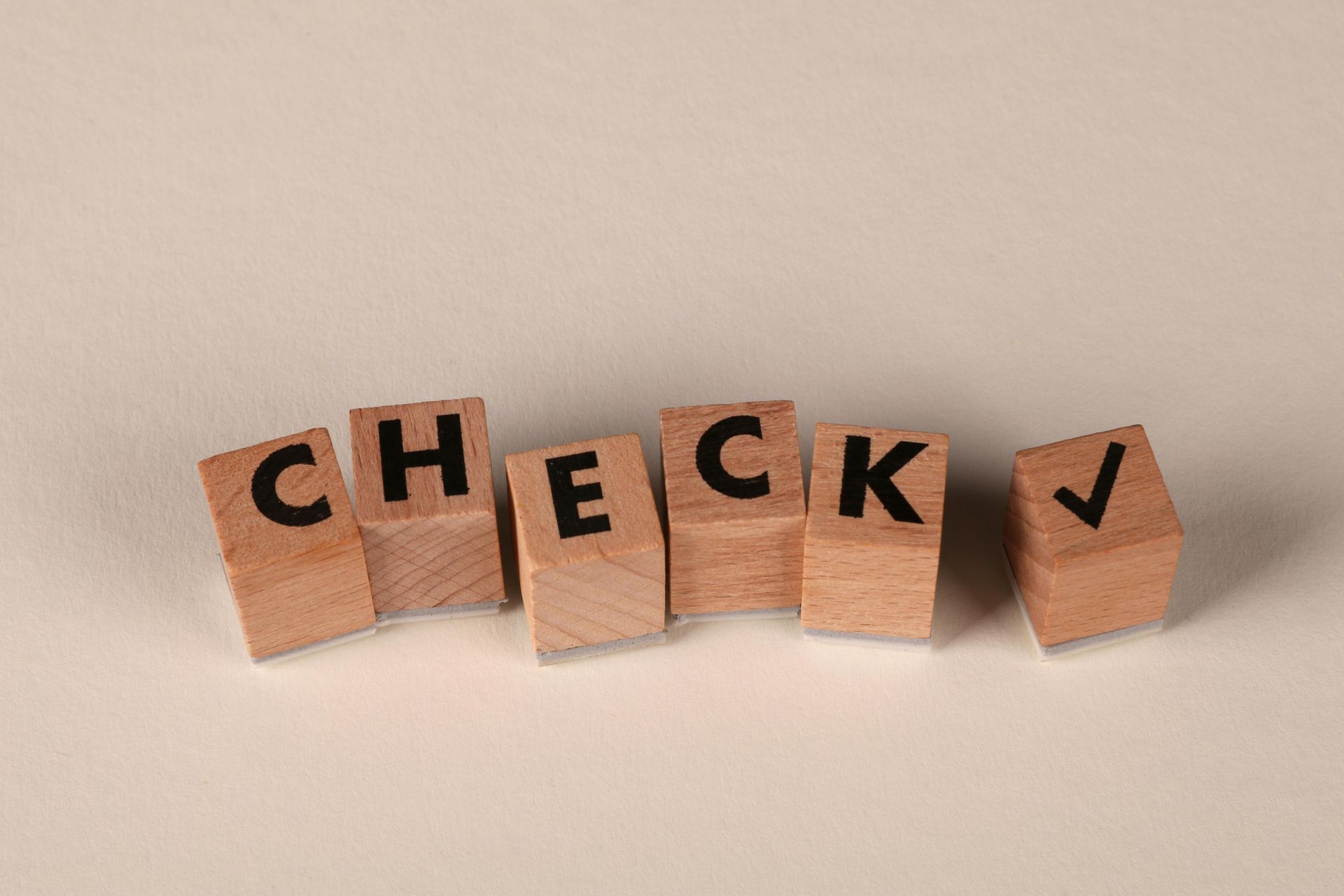Filing Your Trademark on the Principal Register and Supplemental Register
ATTORNEYS IN DALLAS
Learn about the Principal Register and the Supplemental Register at the USPTO, understanding the distinctions, benefits, and evidentiary requirements for acquiring secondary meaning for your trademark, ensuring the optimal protection and advantages for your brand.
Filing Your Trademark on the Principal Register and Supplemental Register
The United States Patent and Trademark Office (USPTO) maintains two registers for trademark registration: the Principal Register and the Supplemental Register. The Principal Register is designated for marks that are fanciful, arbitrary, or suggestive, serving as distinctive indicators of a single source of goods and/or services. Descriptive marks can only be placed on the Principal Register if they have acquired secondary meaning. On the other hand, the Supplemental Register is for marks that are descriptive of the goods and/or services but do not currently function as indicators of a single source. However, once a mark becomes distinctive by acquiring secondary meaning, it can be transferred to the Principal Register.
Professional, Courteous and Persuasive Counsel
In accordance with United States trademark law, "secondary meaning" refers to the evidence demonstrating that a trademark has acquired distinctiveness in relation to the goods and/or services in interstate commerce. This evidentiary requirement necessitates that the trademark owner establishes in the minds of the consuming public that the primary significance of the trademark is to identify the source of the product or service, rather than the product or service itself. For instance, if the term "Sweet" is used for baked goods, it would initially be considered a descriptive mark that needs to acquire secondary meaning before it can receive trademark protection. This is because "Sweet" describes a characteristic of the baked goods rather than serving as an identifier of the product's source. However, as a learned association develops over time, the trademark owner can demonstrate secondary meaning. The longer the mark is used in commerce in connection with goods and/or services, the greater the likelihood of secondary meaning developing. Once secondary meaning is achieved, consumers will associate the trademark with a single source. If demonstrating secondary meaning is necessary, our attorneys possess the understanding of the required supporting evidence and how to effectively present this information.
What are the Advantages of Filing Your Mark on the Principal Register?
Marks registered on the Principal Register enjoy the comprehensive benefits of U.S. trademark laws, while marks on the Supplemental Register receive partial benefits. Registering on the Principal Register provides the trademark holder with the following advantages:
1) Prima facie evidence, accepted as correct until proven otherwise, of the validity of the trademark registration, the registrant's ownership of the mark, and the exclusive right to use the mark in commerce.
2) Prima facie evidence of continued use since the filing date of the trademark application.
3 Incontestability after five years of continuous use in commerce.
4) Constructive notice of the registrant's claim of ownership of the trademark.
5) Nationwide priority for use in commerce, with limited exceptions.
6) The right to initiate a lawsuit in Federal Court irrespective of diversity jurisdiction.
7) Statutory remedies, including the possibility of treble damages.
8) The ability to prevent the importation of goods bearing infringing trademarks by depositing the registration with the Department of Customs.
9) The right to register the trademark abroad based on the U.S. registration under the Paris Convention.
10) The right to use the registration symbol ®.
- 66(a) Applications
- Abandoning a Trademark Application or Withdrawing a TTAB Proceeding
- Abandonment and Nonuse
- Abbreviations as Trademarks
- Accelerated Case Resolutions
- Acquired Secondary Trademark Meaning
- Amending Trademark Application
- Assigning a Trademark
- Assigning a Trademark and the Intent to Use Application
- Avoiding Fraud on Trademark Applications
- Avoiding Trademark Litigation
- Basis for Filing a Trademark
- Benefits of Registering a Trademark
- Bona Fide Intent to Use
- Celebrity Trademarks
- Challenging the Relatedness Factor
- Challenging Trademark Rights
- Claims in a Notice of Opposition
- Co-Existence Agreements
- Common Law Trademarks in the Internet Era
- Common Law Use and Priority
- Conflicting Marks
- Consent Agreements
- Constructive Use Priority
- Dates of Use
- Defenses in Opposition and Cancellation Proceedings
- Descriptive or Generic Trademarks
- Design Marks
- Design Trademarks
- Determining Trademark Similarities
- Discovery in TTAB Proceedings
- Dividing a Trademark Application
- Drawing Page
- Electronic Display Specimens for Trademarks
- Evidence in TTAB Proceedings
- Evidence of Acquired Distinctiveness
- Expediting Trademark Cancellation for Nonuse or Abandonment
- Extending Time to Oppose
- Factors of a Likelihood of Confusion Analysis
- False Suggestions of Connection
- Famous Trademarks and Likelihood of Confusion and Dilution
- Filing an Opposition or Cancellation Proceedings
- First Sale Doctrine
- Five Years of Use
- Foreign Trademark Rights
- Generic Trademarks
- Geographic Trademarks
- Hiring Trademark Counsel
- Immoral and Scandalous Trademarks
- Incontestability of U.S. Trademarks
- International Trademark Filings
- Joint Trademark Ownership
- Lawful Use of a Trademark in Commerce
- Likelihood of Confusion Analysis
- Likelihood of Confusion Refusal
- Merely Descriptive Trademarks
- Multiple Bases for a Trademark Application
- Overcoming and Ornamentation Trademark Refusal
- Personal Name Trademarks
- Principal and Supplemental Registers
- Protecting Single Creative Works
- Recording Trademark Assignments
- Refusal of a Trademark
- Refusing a Trade Dress Application
- Registering a Certification Trademark
- Registering a Service Mark
- Registering a Trademark That Lacks Inherent Distinctiveness
- Registering an International Trademark
- Relatedness of Goods or Services
- Request for Reconsideration in Trademark Office Action
- Requirements for International Trademark Application
- Revive an Abandoned Trademark Application
- Secondary Meaning
- Source Confusion
- Special Trademark Applications
- Standard Character and Special Format Marks
- Standing in Opposition and Cancellation Proceedings
- State Trademark Registration
- Statement of Use Extensions
- Tacking Doctrine
- Technical Trademark Use
- The Supplemental Register
- Trade Dress
- Trade Dress Application
- Trademark Application
- Trademark Clearance Searches
- Trademark Disclaimers
- Trademark Licensing
- Trademark of Authors, Performing Artists, and Characters
- Trademark Ownership
- Trademark Protection In Texas
- Trademark Settlements
- Trademark Specimens
- Trademark Specimens
- Trademark Use by Related Company
- Trademark Use in Advertising
- Trademark Use in Commerce
- Trademarking a Distinctive Mark
- Trademarking a Hashtag
- Trademarks for Musical Artists
- TTAB Discovery Rules
- TTAB Proceedings
- U.S. Service Mark
- U.S. Trade Dress
- Understanding Trade Channels
- Unitary U.S. Trademark
- Universal Symbols as Trademarks
- Using Secondary Sources
- What is an Ex Parte Appeal?
- Where to Register a Trademark
- Who Must File a Trademark?
What are the Benefits to Filing Your Mark on the Supplemental Register?
While registration on the Supplemental Register does not offer all the benefits of registration on the Principal Register, it does offer significant advantages:
1) The registrant is allowed to use the registration symbol ®.
2) The registration is protected against the registration of a confusingly similar mark under Section 2(d) of the Trademark Act.
3) The registrant has the right to initiate an infringement lawsuit in Federal Court.
4) The registration can serve as the basis for filing a trademark application in a foreign country under the Paris Convention and other international agreements.
Contact an Experienced Trademark Attorney
If you need legal advice regarding your trademark rights, assistance with trademark prosecution, or representation in a domain name dispute, contact Wilson Whitaker Rynell. Our team of trademark lawyers has extensive experience in all aspects of trademark and copyright law, including the filing of trademark applications and representing clients in defense or prosecution before the Trademark Trial and Appeal Board.
CLIENT MATTERS
5,000+
YEARS OF SERVICE
25+
Award Winning
Recognized in the legal industry as dedicated board-certified lawyers and Rising Stars.
Expert Team
Your project will be handled by legal experts every time. You will have the most experienced attorneys working for you.
Quality Representation











